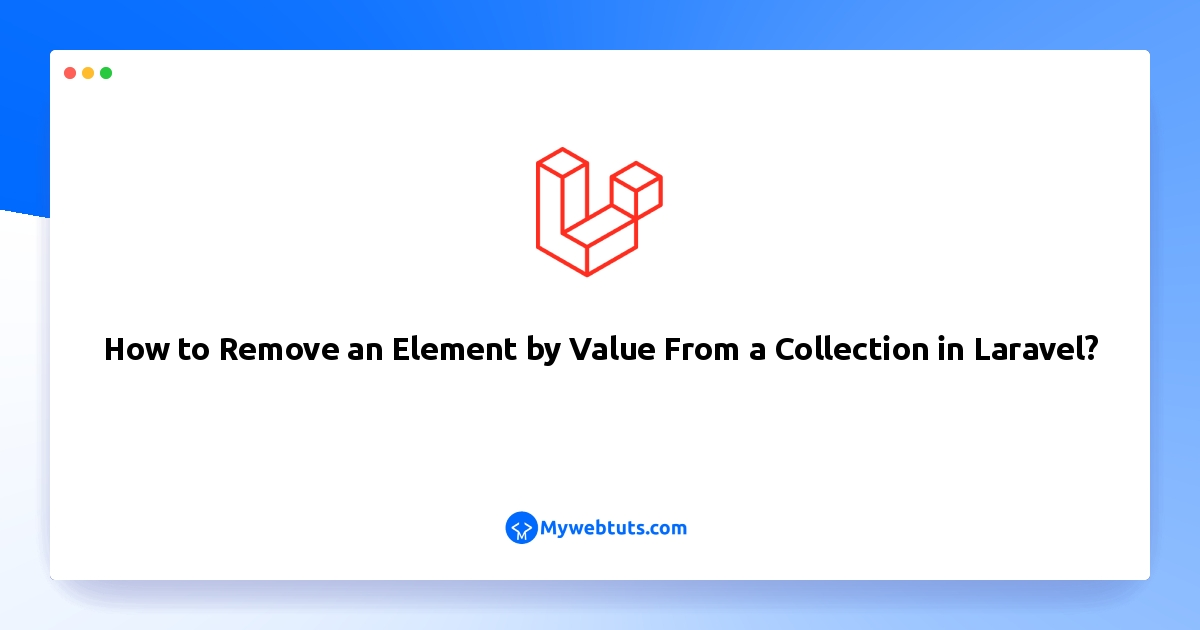How to Remove an Element by Value From a Collection in Laravel?
Nov 10, 2022 . Admin

Hello Friends,
In this tutorial, I will show you how to remove an element by value from a collection in laravel. This post will give you a simple example of laravel remove by the value of an item in a collection. you will learn laravel collection remove by value item code example. In this article, we will implement a laravel collection remove by value item example.
You can use this example with the versions of laravel 6, laravel 7, laravel 8, and laravel 9.
You have just to follow the below step and you will get the layout as below:
Step 1: Install LaravelThis is optional; however, if you have not created the laravel app, then you may go ahead and execute the below command:
composer create-project laravel/laravel example-appStep 2: Create Format Route web.php
<?php
use Illuminate\Support\Facades\Route;
use App\Http\Controllers\RemoveByValueController;
/*
|--------------------------------------------------------------------------
| Web Routes
|--------------------------------------------------------------------------
|
| Here is where you can register web routes for your application. These
| routes are loaded by the RouteServiceProvider within a group which
| contains the "web" middleware group. Now create something great!
|
*/
Route::get('/index',[RemoveByValueController::class, 'index']);
Step 3: create RemoveByValueController
we will create RemoveByValueController. so you can see the below code with output:
php artisan make:controller RemoveByValueControllerApp\Http\Controllers\RemoveByValueController
<?php
namespace App\Http\Controllers;
use Illuminate\Http\Request;
class RemoveByValueController extends Controller
{
/**
* The attributes that are mass assignable.
*
* @var array
*/
public function index()
{
$collection = collect(['a' => 'Doe', 'b' => "John" , 'c' => "Gadas" , 'd' => "Maxy"]);
$selected = ["b"];
foreach ($collection as $key => $value) {
if ($selected['0'] == $key) {
$selected = $value;
$collection->forget($key);
}
}
dd($collection);
}
}
Step 4: Start Development Server
Start the development server. Use the PHP artisan serve command and start your server:
php artisan serve
Now you are ready to run our example so run the below command to quick run.
http://localhost:8000/indexOutput:
#items: array:3 [▼
"a" => "Doe"
"b" => "John"
"c" => "Gadas"
]
I hope it can help you...
